All methods of planting aloe at home
Planting aloe at home is very common. The cultivation of this plant is primarily done for its beneficial properties. Thus, Aloe Vera and Aloe Arborealis (agave) possess pronounced medicinal qualities. Aloe juice is used to treat inflammatory processes on the skin, it is also a good remedy for a cold, extracts from the plant are used for the production of cosmetics.
However, the appearance of a flower can also serve as a decoration for a room. This is especially true of decorative varieties of aloe. For example, Aloe Variegated (in other words - Tiger). Such a flower looks very beautiful: small in size, the leaves are decorated with white stripes, spots, specks, beautiful bright orange inflorescences are formed during flowering.
Succulents
Aloe grows in large numbers in countries with arid climates (for example, Africa, Madagascar, the Arabian Peninsula). The plant is well adapted to prolonged lack of moisture, belongs to the group of succulents. Succulents are a large part of the flora, which are interconnected by the ability to adapt to adverse environmental conditions, namely, prolonged droughts. Such specimens have a special structure: thick, fleshy stems and leaves, in which moisture accumulates, often spines, bristles or hairs (these are modified leaves) are a characteristic feature.
Aloe perfectly withstands high and low temperatures, does without water for a long time, it does not need complicated care. Even an unprepared novice florist can easily grow this flower at home.
And yet, some of the features of breeding aloe you need to know if you are truly passionate about plant growing and want to create the most comfortable conditions for your green pets.
Planting Aloe at home
To plant aloe at home, you need to pay attention to the following points:
- Choosing a suitable location (and capacity).
- Soil preparation.
- Reproduction method.
- Planting process.
Let's dwell on each of them in more detail.
A place
A regular window sill located in the south or east of the house is good for growing aloe (the north side is a bad option). It should be well lit, but exposure to the open sun is undesirable. Create a small partial shade - and the plant will thank you for the good care.
Use a plastic or terracotta pot as a container for planting a flower. These materials do not allow moisture to pass through well, which is good for the plant. The size of the planting container should be such that the root system feels spacious (there should be a 3 cm gap between the walls and the root). Choose a pot with a shallow depth.
Advice! To determine if there is enough space for a comfortable plant stay, focus on the ratio of the length of the leaf and the diameter of the planting dishes: a 2: 1 ratio is ideal.
Priming
To plant aloe, you can purchase ready-made succulent soil. But if you want to cook the earth yourself, you need to consider the following points:
- The soil must be air permeable.
- It is advisable not to add peat to the composition.
- Recommended acid-base balance: neutral or low acidity.
In order to increase the airiness of the soil, the following loosening elements are used: sand of river origin with large grains of sand, small broken brick, perlite, shells, expanded clay gravel.
The composition of the substrate usually includes the following components:
- A layer of clay mixed with a sod layer.
- Sand or any other drainage layer.
- Leafy land.
- Humus.
All elements are taken in equal parts. Drainage is placed at the bottom of the pot, then a layer of soil mixture, pebbles of gravel or a layer of coarse sand are laid on the top of the substrate.
Choosing a way to breed Aloe
There are several ways to propagate a plant:
- Plant seeds;
- Using cuttings;
- Using a sheet;
- Basal process;
- One of the top shoots.
Let's talk about each of the options.
If we use seeds
With this method, sowing is carried out in the first months of spring. Prepare the ground in advance, select the desired composition. The room temperature should be above 20 degrees. A sowing container is used shallow and narrow. The seeds are laid out on a moist topsoil, covered with a thin layer of sand on top. It is necessary to deepen the seeds by 1 cm.
The seedlings are placed under a film or glass, provide them with the necessary care. At this time, sufficient watering is important; spraying of the overgrown leaves is also used. After the appearance of three large leaves, the seedlings are transplanted into separate small containers (no higher than 5 cm). After one year, the grown individuals are transferred to a permanent place in a large pot.
Using not the easiest possible seed propagation method, you can grow an entire plantation of succulents.
Reproduction using cuttings, stems, leaves
All these methods are similar to each other. To reproduce each of them, you will need to complete the following steps:
- Select a suitable plant fragment and cut it off, the knife must be sharply sharpened and well washed,
- The cut must be well dried. The cut off part is stored for about a week in the open air in a dark place, after processing the cut with rubbed activated carbon.
- The shoot is cut from an adult plant with up to eight large leaves. After the cut site has dried, the Aloe fragment can be planted.
Advice! Do not immerse a leaf, shoot or stalk in a container of water before planting. This can destroy them, because the process of decay will begin.
If you have chosen the basal process for breeding a new individual (they are also called "babies"), then the best time to separate the process will be a planned transplant of an adult specimen. A sharp knife will come in handy for separating the "kids" from the root. Make sure that small roots remain on the "kids" that you cut off.
Reproduction using parts of an adult plant is usually carried out in the warm season.
How to land
Cuttings or leaves, after drying the cut, are planted in pre-prepared soil. They do it like this:
- The leaf is placed in moistened soil, tip down, to a depth of three centimeters.
- Cover the stalk or leaf with a glass jar or plastic wrap.
- Place the container with the seedling in a bright place.
- When planting shoots, choose one where there are already up to six leaves. Buried in the ground to the beginning of the bottom sheet. To give the sprout strength, it is surrounded by small stones. Further cultivation is also carried out in the greenhouse, with proper care of the plant.
- "Children" are transplanted with roots. If the roots were damaged during the separation of the process, then they are dried for several days before planting in the ground. Intact individuals are planted immediately.
Rules for caring for a plant at home
Taking care of aloe is pretty simple, here are the basic guidelines:
- Watering is not necessary often, since the plant can calmly do without water for a long time. During the warm period, watered every seven days. With the onset of cold weather, watering is limited to two times a month.
- Abundant watering is not recommended. Stagnant water will cause root rot. To avoid this, use a drainage system. Be sure to leave holes at the bottom for water to drain.
- The temperature of the water used for irrigation should be 25 to 35 degrees above zero.
- It is useful to put the pot in a tray of water so that the roots of the plant are saturated with moisture.
- Growing a flower requires regular feeding. Aloe should be fed in spring, summer and autumn. Do this once a month. A special mixture for cacti or succulents is used for fertilization. Mineral formulations in liquid form are well suited.
- There should be plenty of light, but avoid direct open sun.
- Dry air is worse than dry soil for Aloe. Spray the leaves and air around the plant regularly. This care is extremely important for the flower.
- Winter rest is necessary for the plant, there is no need to disturb it at this time, less watering, no additional fertilizing, no transplants.
- Provide fresh air. Ventilate the area, but avoid drafts.
You are now familiar with the basics of growing aloe at home. This in its own way beautiful, useful plant will take its rightful place in the collection of your indoor flowers. If you are a beginner, start your plant growing experience with this flower. Planting and caring for aloe won't burden you.
If you are an experienced amateur or professional, then the abundance of species of this flower will delight you with its diversity, here everyone will find a plant to their liking. By combining these flowers with other indoor flora, you can create beautiful compositions to decorate your home with them.
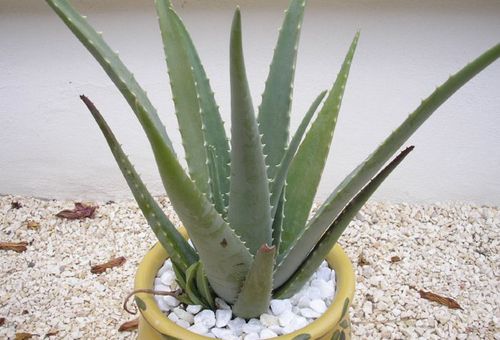
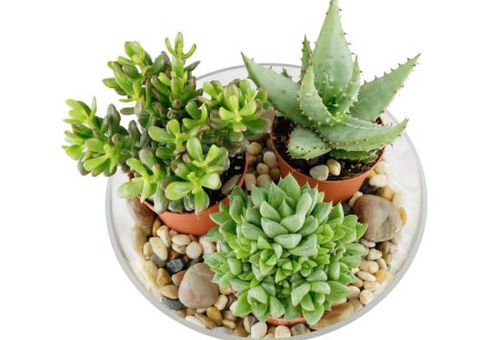
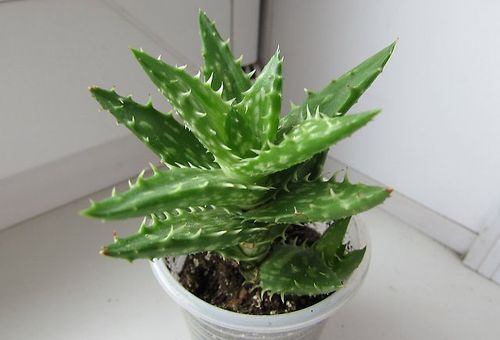
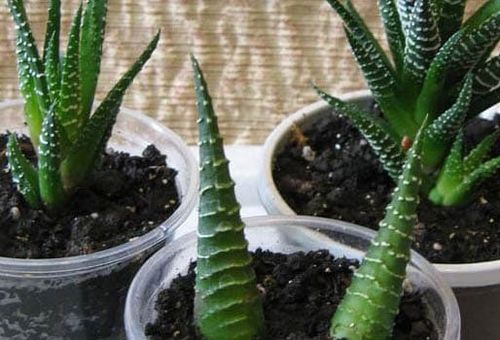
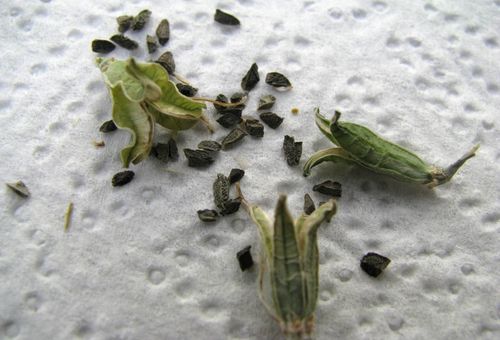
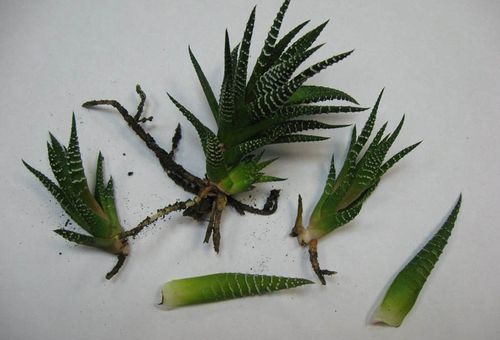
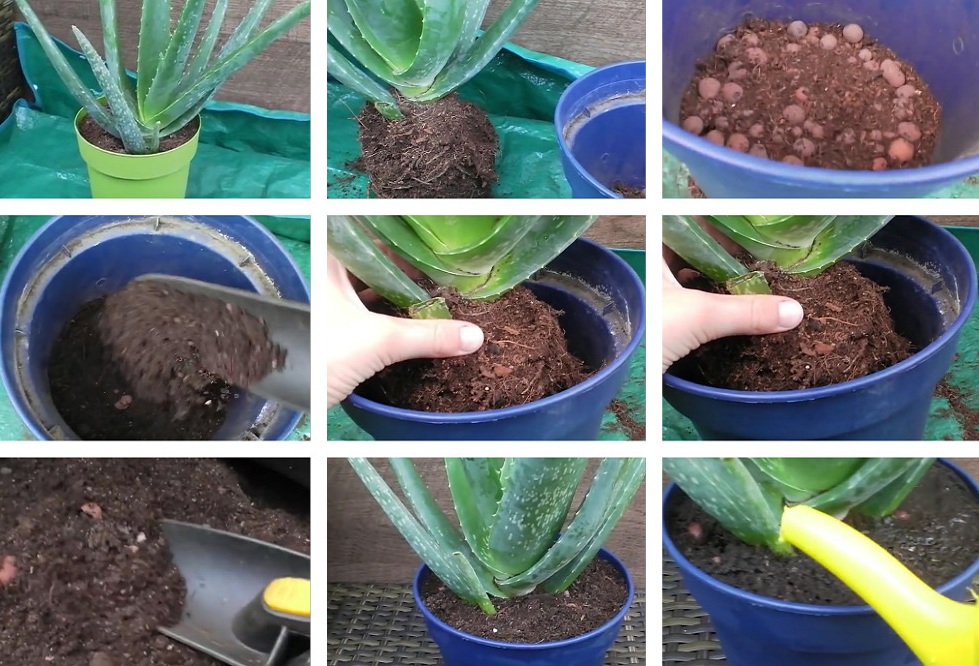
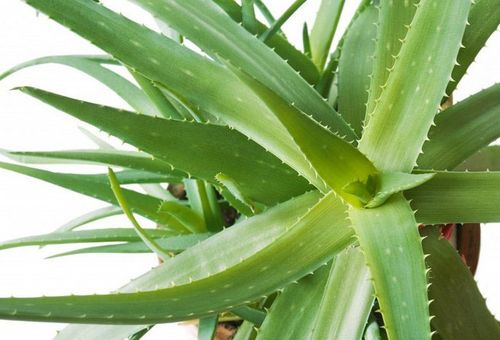
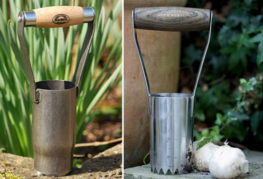
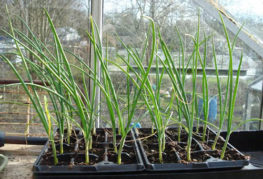
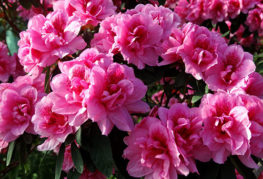
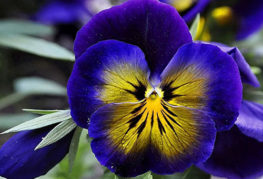
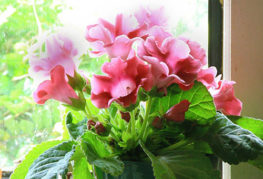
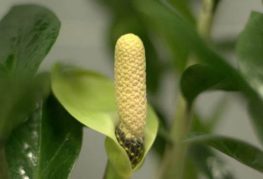
and will be published shortly.